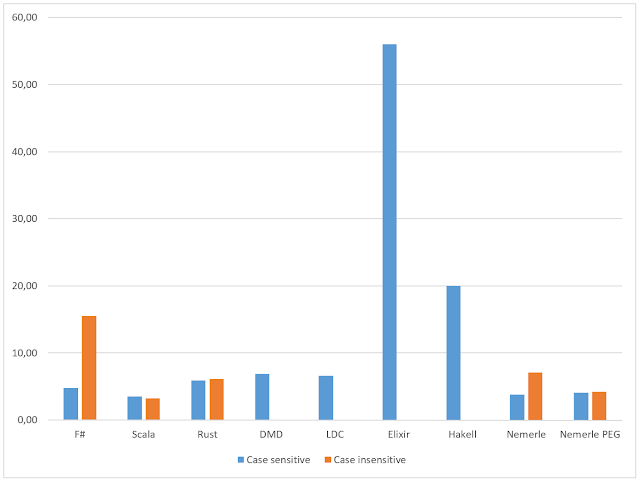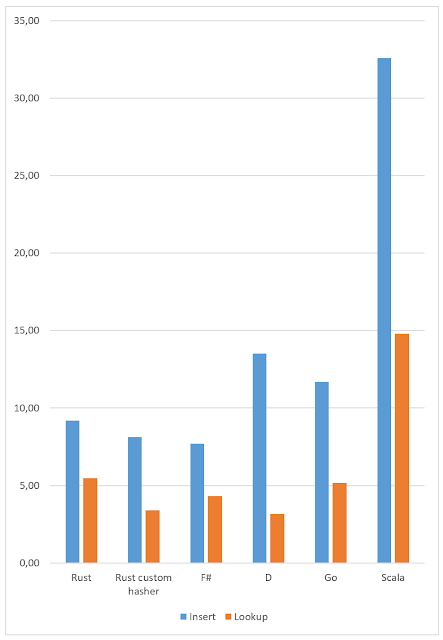(Semi) first look at Clojure
OK, it's time for Clojure (again). Let's look at the (now famous :) Fibonacci function:
It took ~9 seconds which's not so good as would be (however, I'm not very frustrated about that :)
What about the language itself, it feels very 'tired' - it has little build-in constructs and, I believe, it's extremely flexible. Time will tell if I'm right... :)
However, there's one annoying thing - lazy sequences, which I almost hate in C# (IEnumerable) because they must not be mixed with any side effects, which is rather hard to achieve in such a primarily imperative language as C#. So, I have a believe that laziness is very much nicer in Clojure :)
It took ~9 seconds which's not so good as would be (however, I'm not very frustrated about that :)
What about the language itself, it feels very 'tired' - it has little build-in constructs and, I believe, it's extremely flexible. Time will tell if I'm right... :)
However, there's one annoying thing - lazy sequences, which I almost hate in C# (IEnumerable



Comments